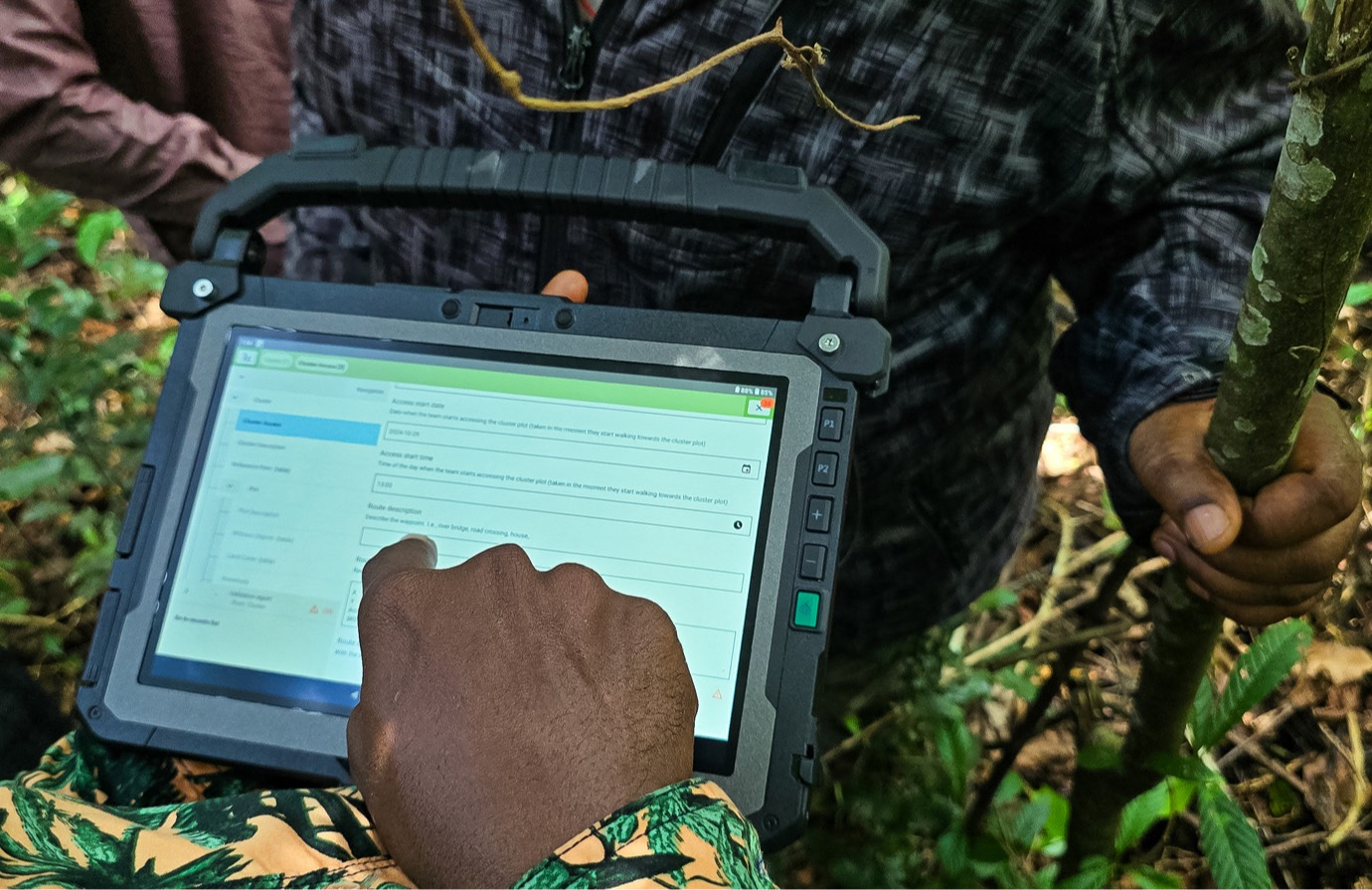Topic outline
Forests area change estimates are crucial for estimating forest-related emissions and removals in the REDD+ context. This two-lesson course emphasize that the use of rigorous activity data, produced according to good practices, is key to meeting monitoring, verification and reporting (MRV) requirements of REDD+ programmes and standards.
Following good practices in area estimation based on the stratification derived from a forest change map, the first lesson introduces the sample-based area estimation (SBAE) workflow. The second lesson advances the learner using a stepwise approach to conducting a SBAE. In doing so accuracy is assessed following good practices and confidence intervals (a common technical requirement in REDD+ Programmes and Standards) are calculated.



This course is designed for people working on technical teams within national or technical agencies or institutes responsible for REDD+ measurement, reporting and verification (MRV). This course will benefit those working in:
- Ministry or national government
- Forest government entities
- Technical agencies or institutes
- The main sources of emissions/removals factors.
- The main approaches to deliver activity data from remote sensing. use of wetlands around the globe.
- How to assess the accuracy of a categorical forest change map, identifying potential classification errors.
- How to generate sample-based area estimation (SBAE) for stratification purposes.
This course consists of two lessons:
- Lesson 1 – The theory behind area estimation
- Lesson 2 – Implementing a practical example of area estimation
This course runs on the latest versions of the major browsers, such as Google Chrome, Microsoft Edge, Mozilla Firefox and Apple Safari.
The course opens in a separate popup window. If this does not happen, a popup blocker in the browser is probably preventing it from opening and you will need to disable popup blockers for this site. Please read the following instructions on how to do this.
Digital certification
This course offers certification. You will get your digital badge upon passing a final exam after completing the course and achieving a grade of at least 75%. Please click on the button below to complete the exam, or refer to our Certification section to learn more.
Evaluate this course
We would be pleased to receive your evaluation of this course, to support us in improving future e-learning courses. Please click on the button below to answer the questions in the form. It should only take you a few minutes!
General



